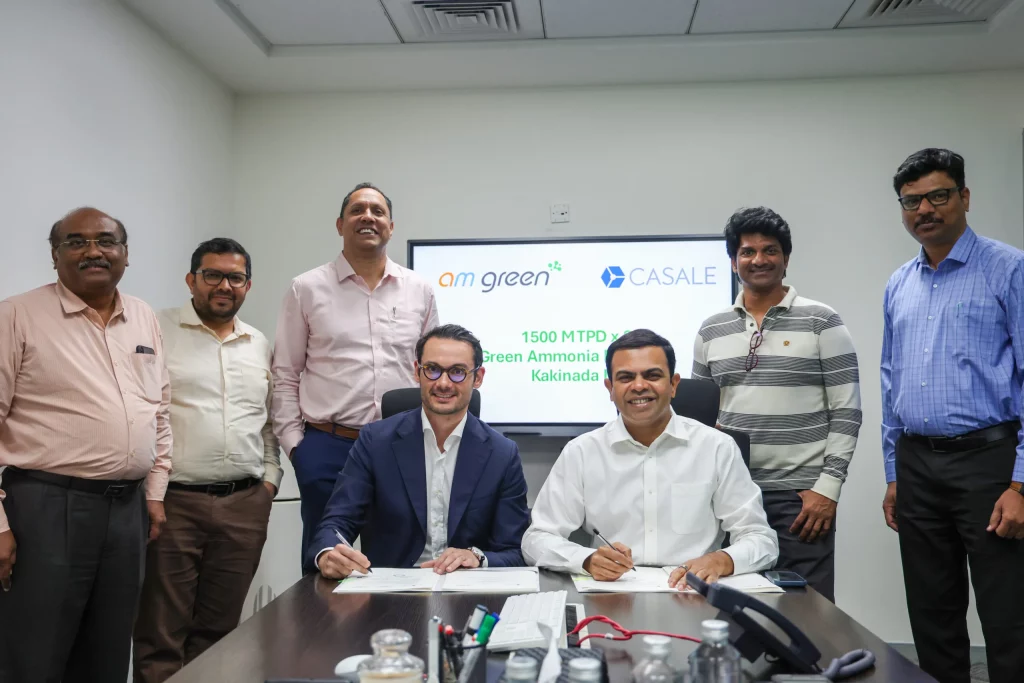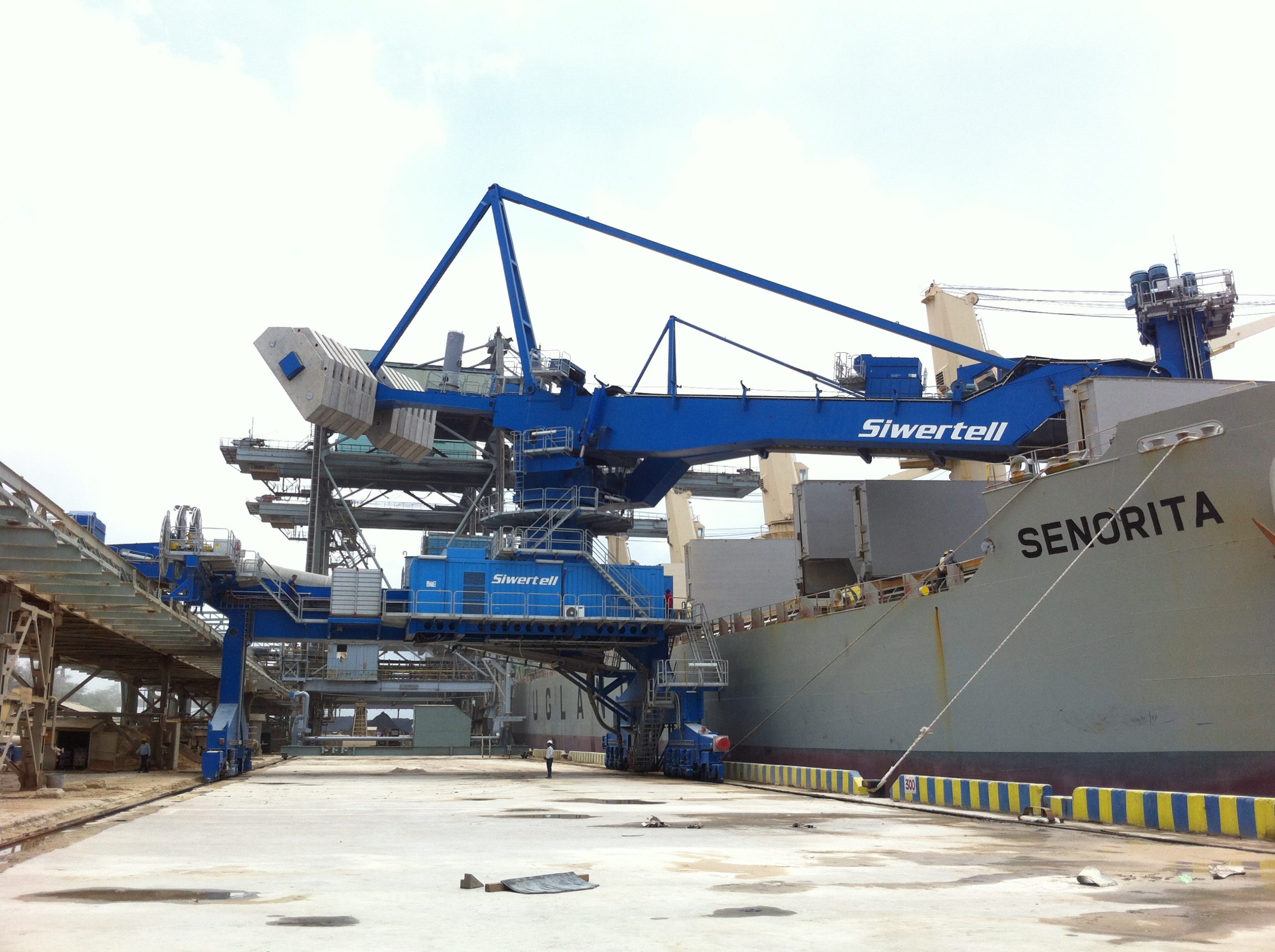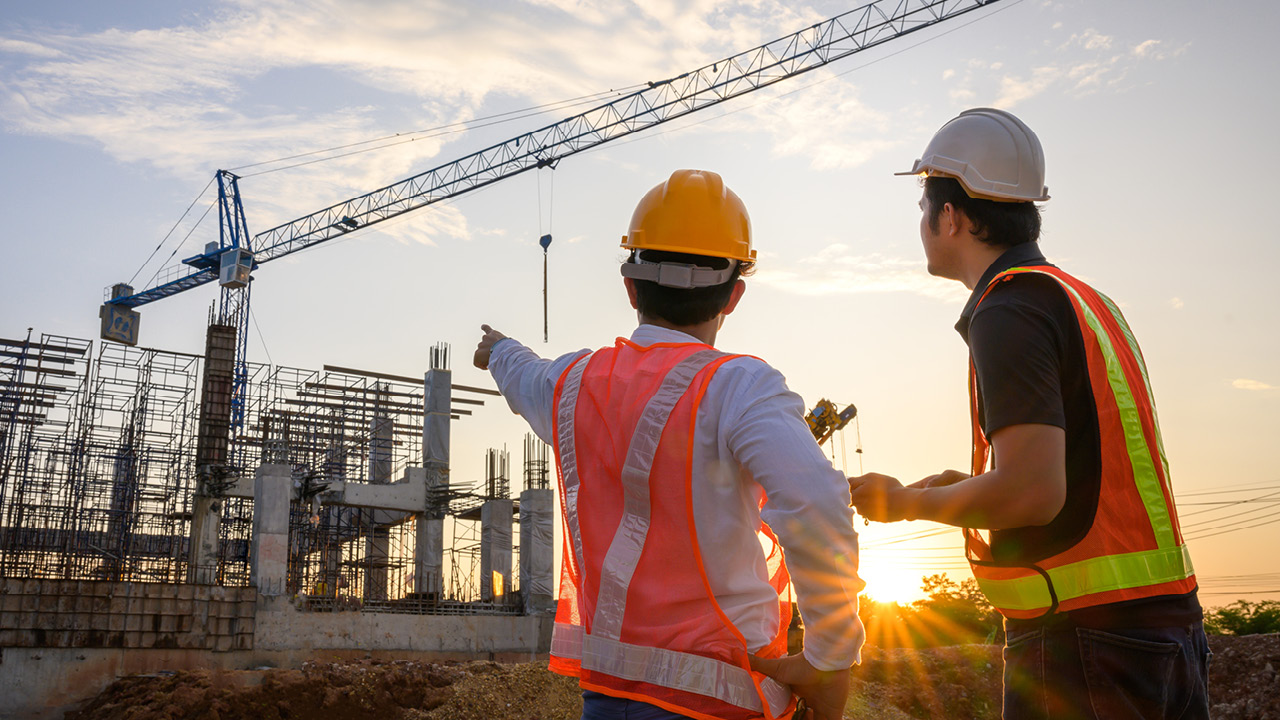Fertilizer International 525 Mar-Apr 2025

18 March 2025
Casale to convert Kakinada complex to green ammonia
AM Green has selected Casale as its technology partner for India’s largest under-development green ammonia complex in Kakinada, Andhra Pradesh.
Casale will convert two existing ‘grey’ ammonia plants at the complex to produce 1,500 t/d of carbon-free ammonia instead. The green ammonia project has already reached a final investment decision (FID), placing Kakinada on track to become the largest green ammonia complex in India – and possibly the world – according to Casale.
To deliver the Kakinada project, Casale is combining its extensive experience in delivering revamping projects with its innovative FLEXIGREEN® suite of low-carbon technologies. Its scope of services includes the:
• Green ammonia license
• Basic engineering package
• Review of detail engineering
• Supply of proprietary equipment.
Casale is delivering the project as part of an international consortium alongside Technip Energies and John Cockerill.
Federico Zardi, Casale’s CEO, said: “As we embark on this transformative journey with AM Green, we are immensely proud to leverage our expertise in executing revamping projects alongside our cutting-edge FLEXIGREEN® technology. This collaboration not only highlights our strong track record in revamping ammonia plants but also underscores our role as a leading partner in green ammonia technology.”
Gautam Reddy K, AM Green Ammonia’s CEO, said: “We are proud to partner with Casale on this groundbreaking project to transform our a previously fossil feedstock based grey ammonia plant into a renewable energy driven, one million tonnes per annum green ammonia complex in India – one of the largest in the world. This collaboration represents a pivotal moment not only for AM Green but also for India’s progress towards reducing energy dependence and creating a decarbonised economy.”






